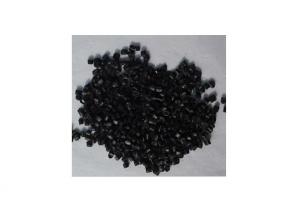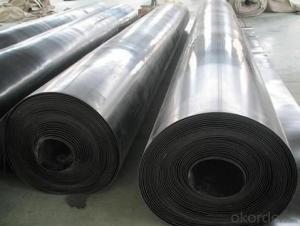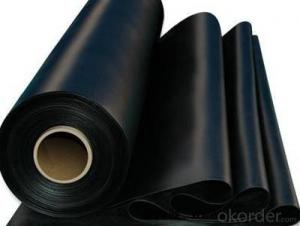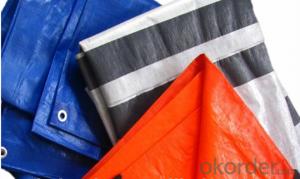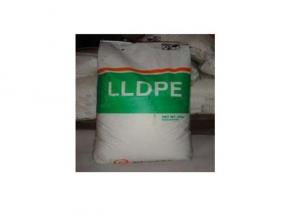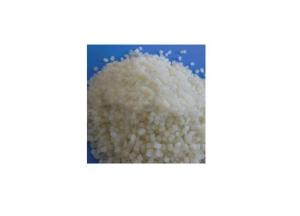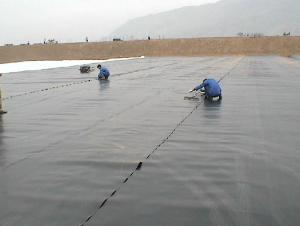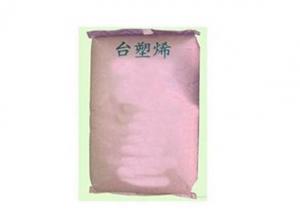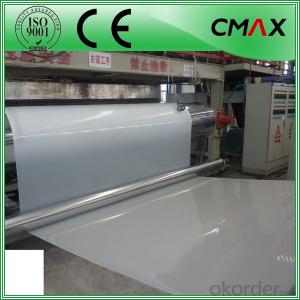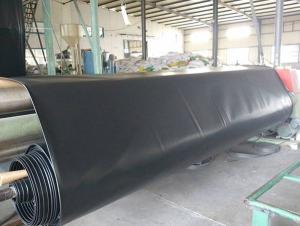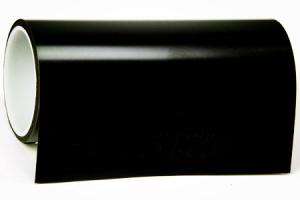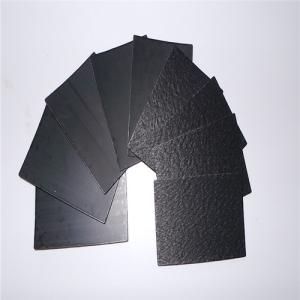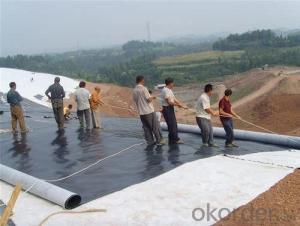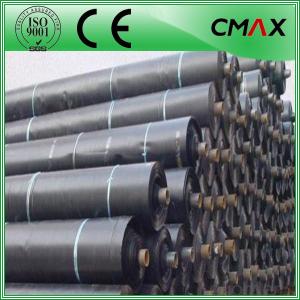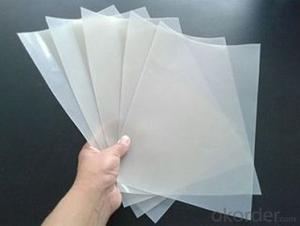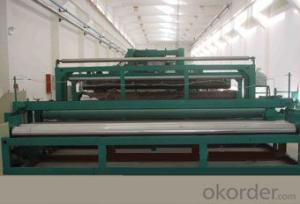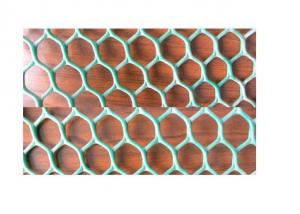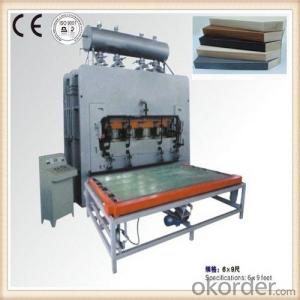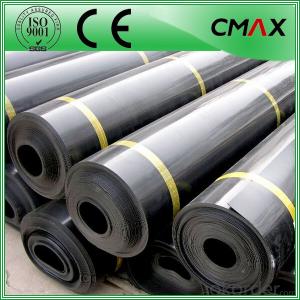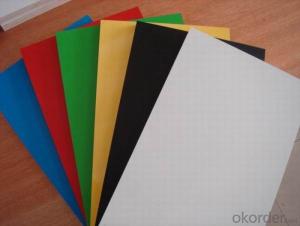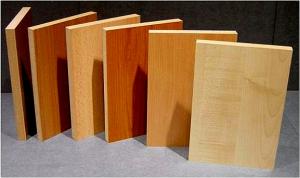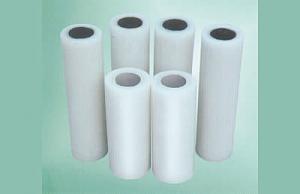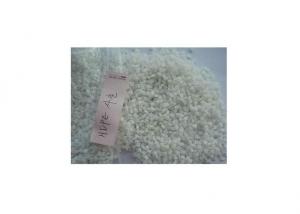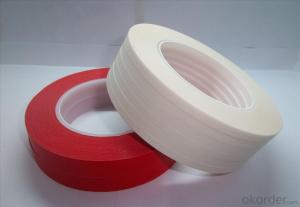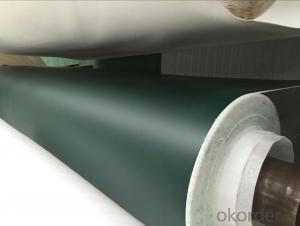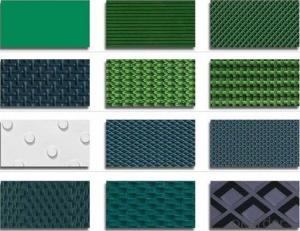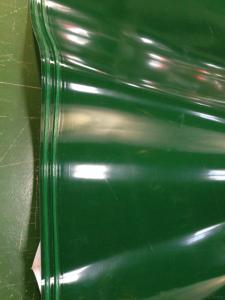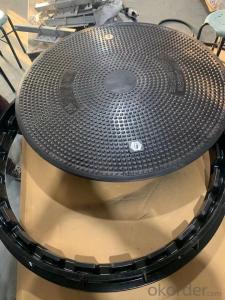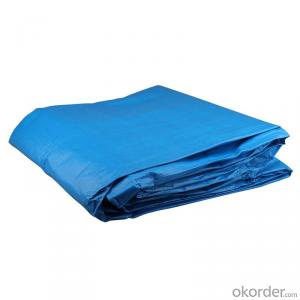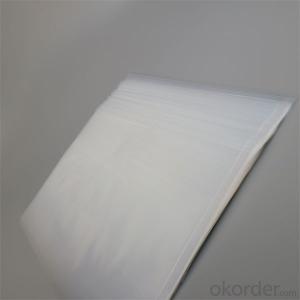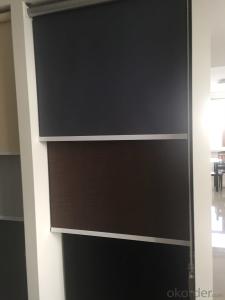Hdpe Lining
Hdpe Lining Related Searches
Hdpe Lining For Water Tank Hdpe Liner Repair Hdpe Membrane Hdpe Liner Cost Hdpe Textured Geomembrane Geomembrane Hdpe 40 Mil Hdpe Liner Hdpe Geomembrana Hdpe Geomembrane Welding Geomembran Hdpe Hdpe Geomembrane Pond Liner Geomembrane In Hdpe Hdpe Geomembrane Installation Wholesale Liner Hdpe Geomembrane Geomembrana Hdpe Hdpe Geomembrane Machine Hdpe Pond Liner Specifications Hdpe Geomembrane Sheet hdpe pipe supply Hdpe Smooth Geomembrane hdpe pipe specifications Hdpe Granules Inc Geomembrana In Hdpe Reinforced Hdpe Geomembrane Hdpe Geomembrane Specifications Geomembrana De Hdpe Hdpe Pipe Indonesia Wholesale Hdpe Geomembrane Rollo De Geomembrana Hdpe Wholesale Geomembrane HdpeHdpe Lining Supplier & Manufacturer from China
HDPE Lining, which stands for High-Density Polyethylene Lining, is a type of flexible geomembrane used in various applications due to its durability and resistance to chemicals, UV radiation, and abrasion. This product is made from high-quality polyethylene resin, ensuring a reliable barrier for containment and protection purposes. HDPE Lining is widely used in various industries, including landfills, wastewater treatment, mining, and agriculture, where it serves to prevent contamination and leakage. Its versatility makes it an essential component in environmental protection and construction projects. As a wholesale supplier, Okorder.com offers a vast inventory of HDPE Lining products to cater to the diverse needs of different industries. With their extensive range and competitive pricing, Okorder.com has established itself as a reliable source for purchasing HDPE Lining.Hot Products

